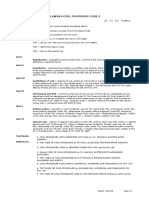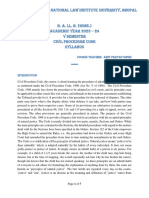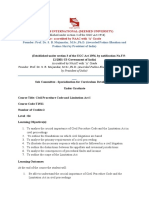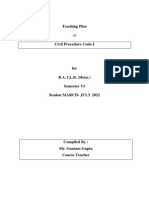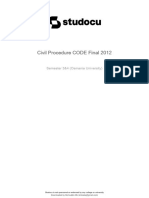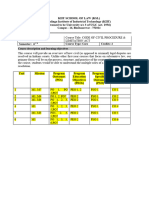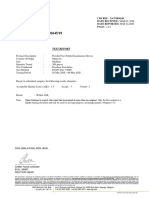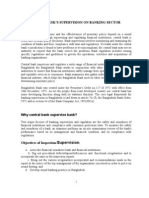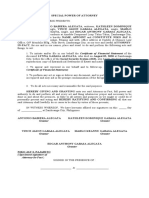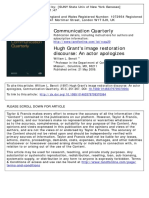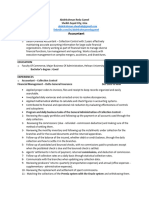0% found this document useful (0 votes)
77 views2 pagesCPC Syllabus
The document outlines the course structure for 'Civil Procedure Code-I' as part of the BA-LL.B. (Hons.) program for the academic year 2024-25. It includes course objectives, detailed units covering various aspects of civil procedure, required textbooks, reference materials, and expected course outcomes for students. The course aims to enhance students' understanding of civil law, jurisdiction, and procedural practices in civil suits.
Uploaded by
kumarabhaythailandCopyright
© © All Rights Reserved
We take content rights seriously. If you suspect this is your content, claim it here.
Available Formats
Download as PDF, TXT or read online on Scribd
0% found this document useful (0 votes)
77 views2 pagesCPC Syllabus
The document outlines the course structure for 'Civil Procedure Code-I' as part of the BA-LL.B. (Hons.) program for the academic year 2024-25. It includes course objectives, detailed units covering various aspects of civil procedure, required textbooks, reference materials, and expected course outcomes for students. The course aims to enhance students' understanding of civil law, jurisdiction, and procedural practices in civil suits.
Uploaded by
kumarabhaythailandCopyright
© © All Rights Reserved
We take content rights seriously. If you suspect this is your content, claim it here.
Available Formats
Download as PDF, TXT or read online on Scribd
/ 2




